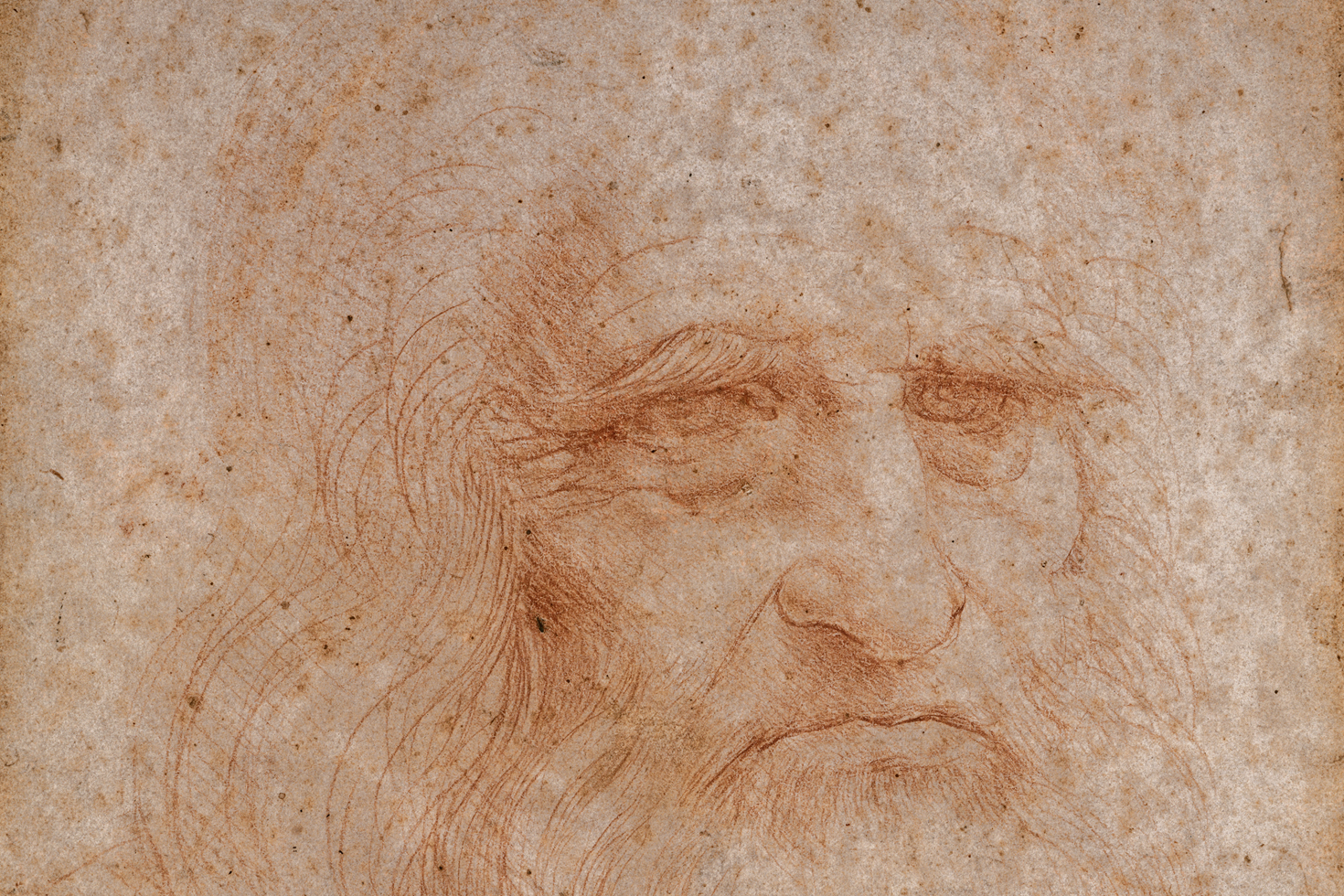Several books on procrastination have been written over the years and certain famous individuals have found their names mentioned in more than one of these works. Few historical figures are as universally known and admired as Leonardo da Vinci. The quintessential Renaissance man, his genius spanned the realms of art, science, and engineering. Yet, beneath his illustrious achievements lay a very human struggle: procrastination. Yes, even the great Leonardo himself was no stranger to the all-too-familiar siren call of delay. In a world where motivation ebbs and flows like the tides, it is both reassuring and perplexing to consider that the creator of the Mona Lisa was, at times, a master of procrastinating.
Leonardo’s notebooks, filled with sketches, musings, and half-finished projects, are a testament to his scattered focus. He was a man who started more projects than he finished, often leaving patrons exasperated with his slow pace. One of his most famous unfinished works, “The Adoration of the Magi,” stands as a testament to the fact that even geniuses can be sidetracked. Yet, how did this man, who seemed perpetually distracted, achieve so much? The answer lies not in defeating procrastination, but in wielding it.
Following a Procrastination Book
In his book, Mastery, Robert Greene discusses how da Vinci’s practice of leaving products unfinished was not necessarily unproductive and therefore not technically procrastination. Leonardo’s proclivity for procrastinating was not merely a character flaw but a peculiar kind of genius in its own right. When he should have been painting, he was dissecting cadavers, sketching the intricate workings of muscles and bones. When a patron commissioned him to sculpt, he might instead be found inventing flying machines or pondering the flow of water. This was not procrastination in the traditional sense; it was the cultivation of a multifaceted mind.
This seemingly scattered approach allowed Leonardo to connect disparate ideas, fostering innovation. The boundaries between art and science blurred, creating a fluidity that few others could match. His procrastination was, in essence, a breeding ground for creativity—a reminder that stepping away from a task can sometimes lead to a breakthrough. He understood that the mind, like a muscle, needs room to stretch. In his book, How to Think like Leonardo da Vinci, author Michael J. Gelb, refers to da Vinci’s breaks in working on a project as a form of “incubation” where his mind continued working in the background. Greene’s work is far from a book praising procrastination but it does cast certain forms of this behavior in a new light. The Renaissance was not merely an era of rebirth for art and culture, but for the very way we approach productivity.

Pace Yourself
One might imagine Leonardo as a personal trainer of the mind, barking orders to himself to push harder, delve deeper, yet knowing when to let the mind wander and recuperate for the next effort. His was a disciplined whimsy, an orchestrated chaos that allowed him to engage with the world on his own terms. He knew that procrastinating could promote a form of creative growth, a time when ideas marinate and evolve into something greater than the sum of their parts. Really, if anyone could write a successful How-to Procrastination book, it would be Leonardo.
Book Periods of Procrastination
This is not to say Leonardo had no discipline; indeed, he worked tirelessly on tasks that captivated him. The key lay in his ability to harness his passions and turn them into productive endeavors. When Leonardo was engaged, he was unstoppable, a testament to the power of following one’s curiosity. It was this very curiosity, this insatiable quest for knowledge, that propelled him to greatness despite the constant pull of distraction.
For those of us who find ourselves procrastinating, there is a lesson to be learned from Leonardo’s life. It’s not about eradicating pauses but about channeling procrastination so that you don’t feel forced to book an action on every project every day. Allow yourself to explore, to deviate from the path, but do so with intention and purpose. Give your mind the freedom to wander, but also the discipline to return.
Being Productive Despite Procrastinating
In the end, Leonardo da Vinci’s story is one of triumph over the inner saboteur of procrastination. It is a story of embracing one’s nature and using it to fuel extraordinary achievements. So, dear reader, take a page from Leonardo’s notebook. Instead of berating yourself for procrastinating, ask yourself how you can turn this time into an opportunity for growth. Let your mind wander to new ideas, and then harness that creativity with deliberate action.
Another historical figure who was productive despite having a reputation for procrastination was the French novelist, Victor Hugo. Read about his story here. While procrastinating is treated as a single bad habit, it can take several good habits to counteract it. I’ve published an article that explores some life-changing good habits that you can read here.
View procrastination as a cyclical condition. Alternating pauses with periods of productivity, you can better build routines that compliment your creative patterns. The book on procrastination, How to Stop Procrastinating, by William Richards, helps you understand yourself. Are incubating an idea like da Vinci or instead do you belong to the 1 in 5 people who are actually chronic procrastinators? What do you think?
Takeaway
Today, make a commitment to yourself. Identify one task that you’ve been putting off and approach it with the curiosity of a Renaissance thinker. Allow your mind to explore the possibilities, but set a clear intention to bring those ideas to fruition. Embrace the art of procrastination as Leonardo did—not as a hindrance, but as a stepping stone to achieving greatness.


Leave a Reply
You must be logged in to post a comment.